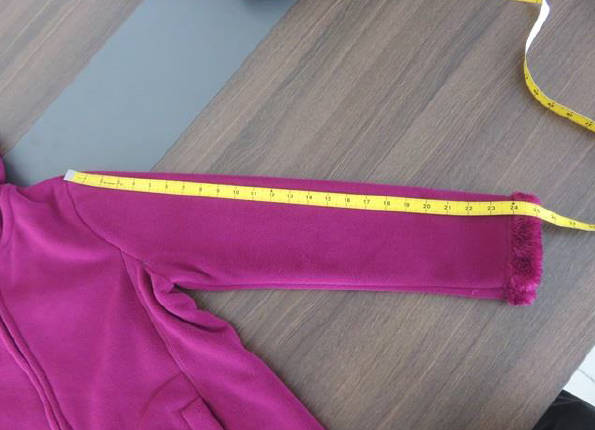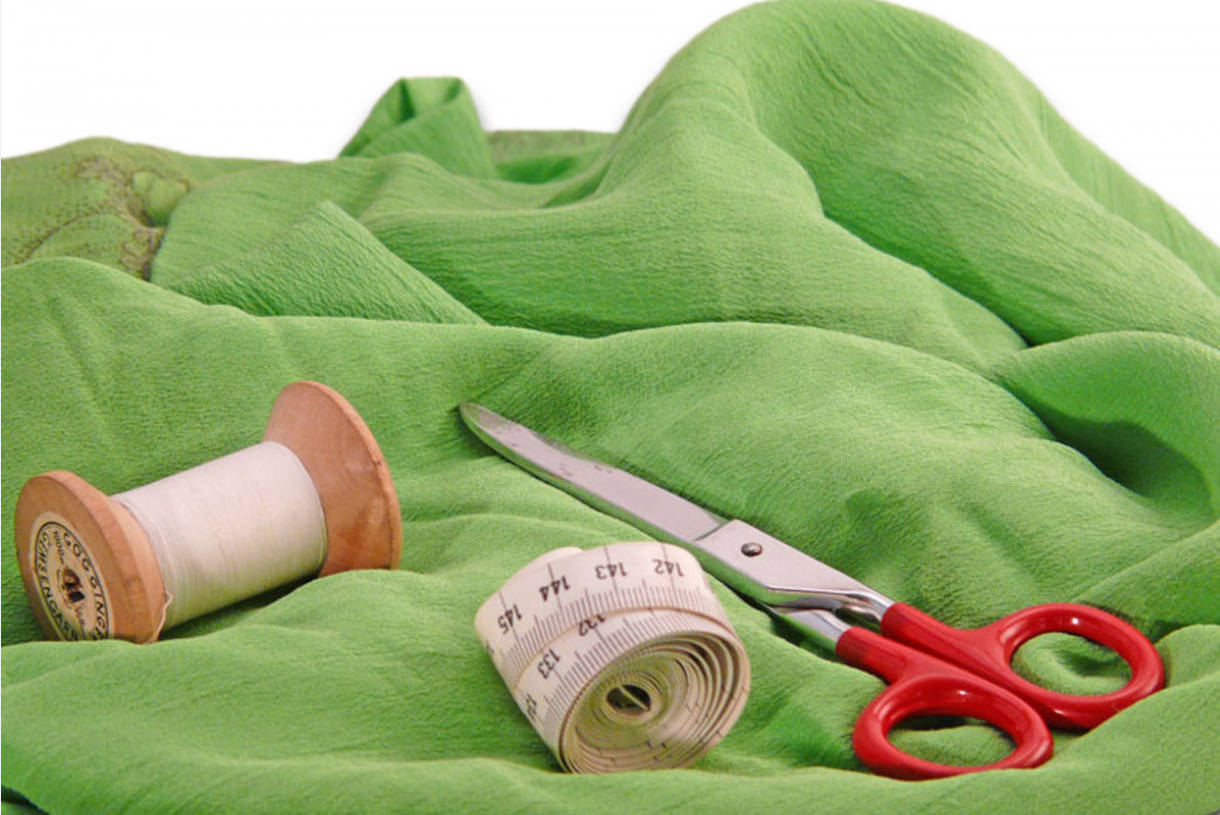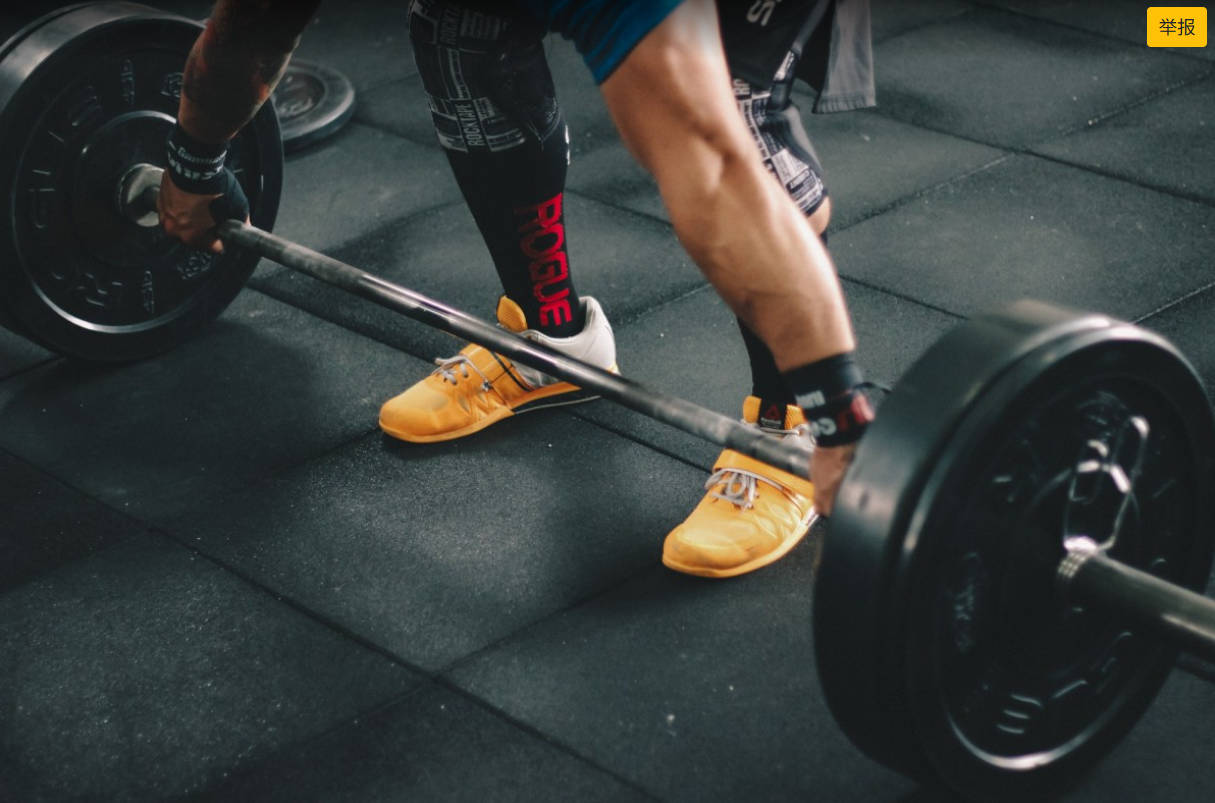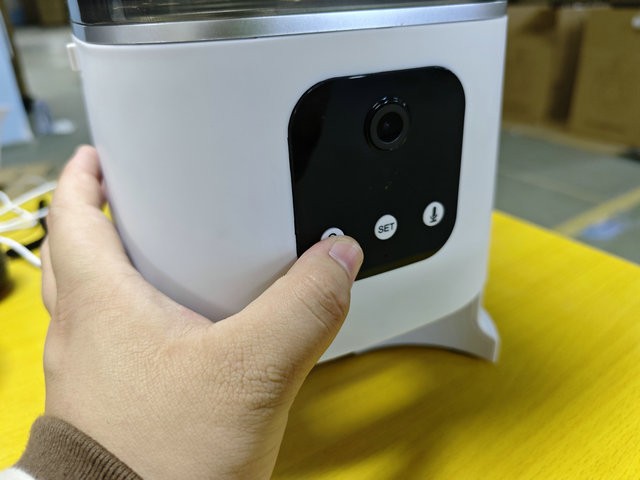Accurate measurement is a critical aspect of quality inspection processes. It helps ensure that products meet the required specifications and standards. In this article, we will discuss the different categories of measurement in quality inspection, examine the sources of measurement deviation, and explore strategies to minimize measurement deviation. By understanding these factors and implementing effective measures, organizations can enhance the accuracy and reliability of their quality inspection measurements.

1. Categories of Measurement:
1.1. Dimensional Measurement:
- Length, width, height, diameter, thickness, and other linear measurements.
- Geometric measurements such as angles, radii, and curvatures.
1.2. Weight and Mass Measurement:
- Measuring the weight or mass of products, components, or materials.
1.3. Physical Property Measurement:
- Evaluating properties such as hardness, tensile strength, flexibility, or density.
1.4. Performance Measurement:
- Assessing product performance characteristics, including speed, efficiency, or power output.
2. Sources of Measurement Deviation:
2.1. Instrument Limitations:
- Instrument calibration errors.
- Inaccurate instrument readings or graduations.
- Insufficient precision or resolution of the measuring instrument.
2.2. Environmental Factors:
- Temperature variations affecting material expansion or contraction.
- Humidity levels impacting material dimensions or weight.
- Vibrations or external disturbances affecting instrument stability.
2.3. Human Factors:
- Human errors in reading or recording measurements.
- Inconsistent application of measurement techniques.
- Lack of operator training or experience.
2.4. Sample Variability:
- Natural variations in materials or components.
- Surface roughness or texture impacting measurement results.
- Inhomogeneity of materials affecting physical property measurements.
3. Strategies to Minimize Measurement Deviation:
3.1. Calibration and Maintenance:
- Regularly calibrating measuring instruments to ensure accuracy.
- Conducting routine maintenance and verification checks on instruments.
- Using traceable calibration standards and procedures.
3.2. Environmental Control:
- Maintaining stable and controlled environmental conditions.
- Minimizing temperature fluctuations and controlling humidity levels.
- Isolating measuring instruments from external vibrations or disturbances.
3.3. Standardized Procedures and Training:
- Developing standardized measurement procedures to ensure consistency.
- Providing comprehensive training to operators on measurement techniques.
- Implementing quality control checks during the measurement process.
3.4. Statistical Techniques:
- Employing statistical methods to analyze measurement data and identify trends.
- Implementing acceptance sampling plans to manage variability in measurements.
- Conducting capability analysis to assess the measurement system’s accuracy and precision.
3.5. Sample Size Considerations:
- Determining appropriate sample sizes to capture product variability.
- Employing representative sampling techniques to minimize bias.
- Utilizing statistical tools to determine sample size requirements.
Measurement deviation in quality inspection processes can arise from various sources. By understanding the categories of measurement, identifying the sources of deviation, and implementing appropriate strategies, organizations can minimize measurement errors and enhance the accuracy of quality inspection measurements.






